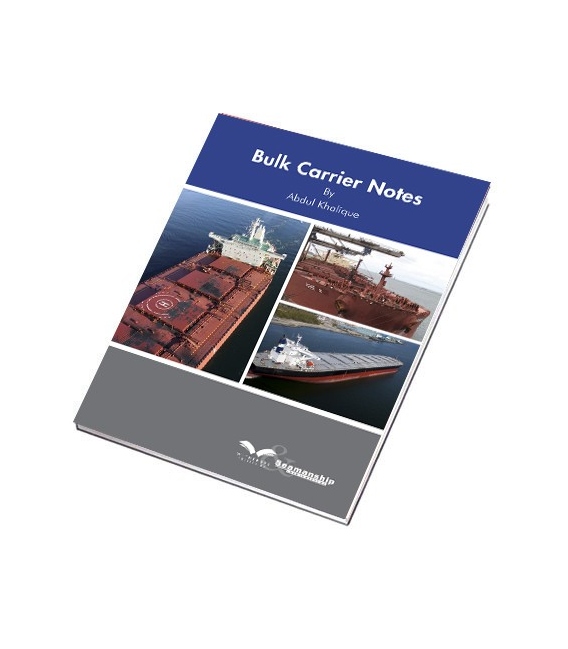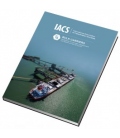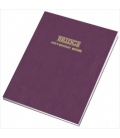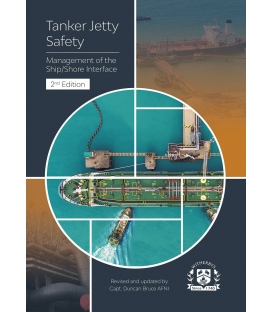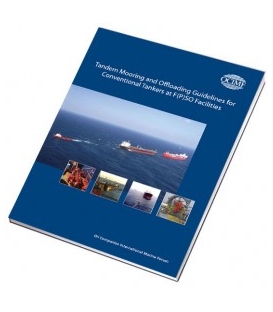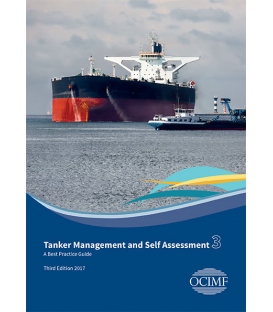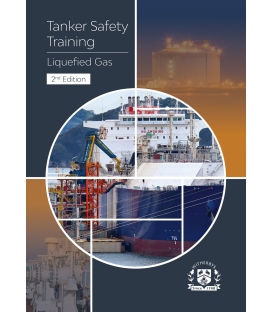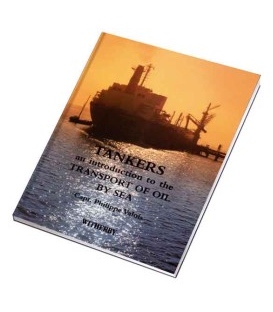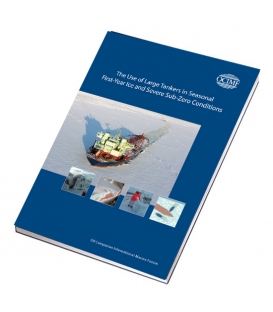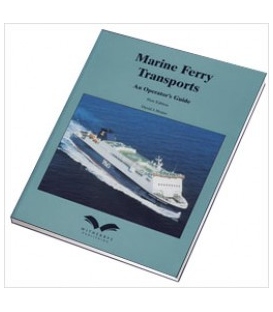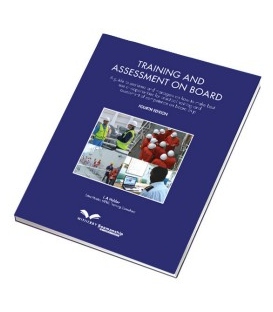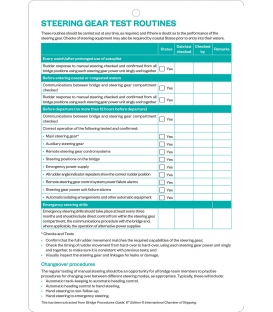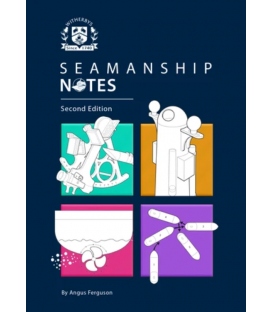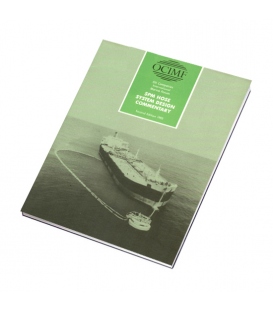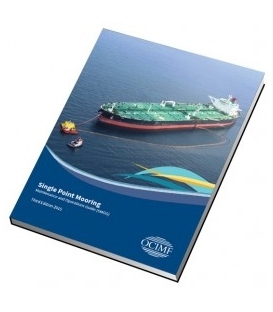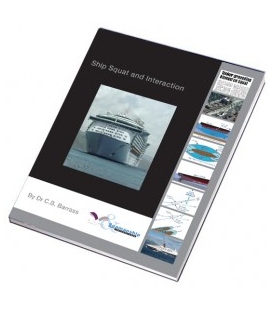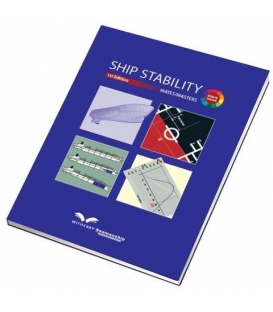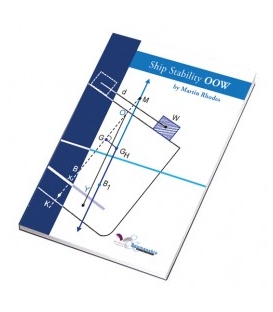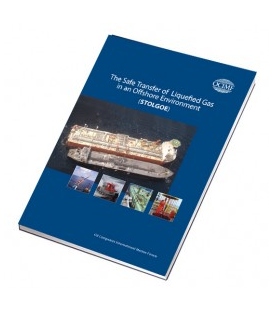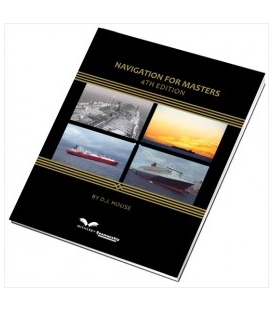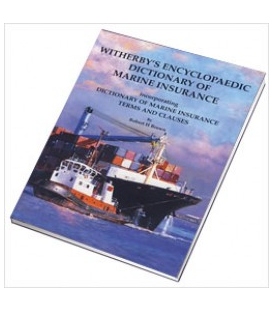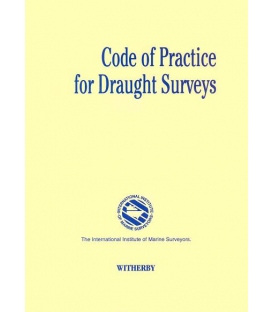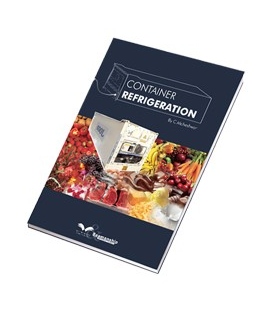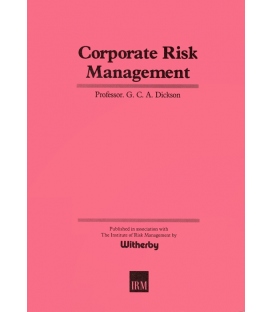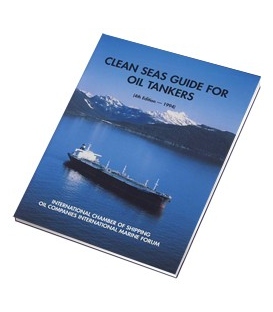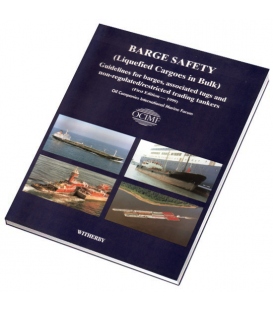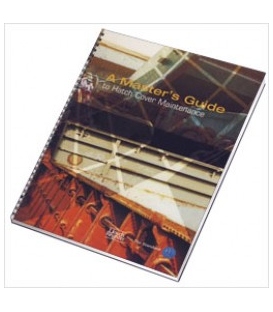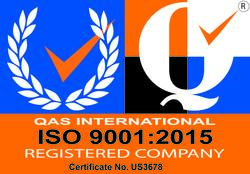

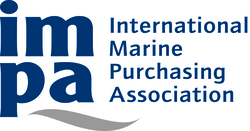
Sign up for our Newsletter
Bulk Carrier Notes, 1st, 2010
This book continues the "Notes" Series for Ship's Officers and provides a good introduction to bulk carriers, discussing the types, their cargoes and trade.
This Witherby Publishing book (2010) for Ship's Officers provides a good modern introduction to Bulk Carriers and Bulk Cargoes, including Cargo Loading, Draught Survey, Ballast Water Management, the Voyage and Cargo Discharging. It also discuss the Bulk Trade and is illustrated with Case Studies.
The development history of modern bulk carriers goes back to the early 1950s, when purpose-built ships were designed for the carriage of large quantities of grains, coal and iron ore in unpackaged form. Today, these ships form the backbone of the world economy, making up some 33% of the world’s tonnage and carrying about 70% of the world’s cargo.
1.1 Introduction
1.2 Bulk Carrier Design
1.2.1 Longitudinal Divisions
1.2.2 Cargo Holds and Hatches
1.2.3 Ballast Tanks
1.2.4 Fuel Tanks
1.2.5 Cargo Gear
1.2.6 Service speeds and fuel consumption
1.3 Types of Bulk Carriers by Size
1.3.1 Classification Society Notations for Bulk Carriers
1.4 Types of Bulk Carriers According to Trade
1.4.1 Ore Carriers
1.4.2 Oil/Bulk/Ore – OBO Ships
1.4.3 Self-Unloader Bulk Carriers
1.4.4 Open Hatch Bulk Carriers (OHBCs)
1.4.5 Forest Product Carriers
1.5 Hybrid Configuration (HyCon) Bulk Carriers
1.6 Stresses in Bulk Carriers
1.6.1 Hull Stress Monitoring System (HSMS) in Bulk Carriers
1.7 Structural Problems Associated with Bulk Carriers
1.7.1 Corrosion
1.7.2 Metal Fatigue
1.7.3 Operational Factors
1.7.4 Precautions to Overcome Structural Problems
1.7.5 Strengthening of Bulk Carriers
1.8 Structural Standards for Bulk Carriers
2 Bulk Cargoes
2.1 Introduction
2.2 Terminology Used in Bulk Cargo Operations
2.3 Recommended Publications for Bulk Cargo Carriage
2.3.1 The IMSBC Code
2.3.2 The International Grain Code
2.3.3 The SLU Code
2.4 Intact Stability Criteria According to the International Load Line Convention
2.4.1 Intact Stability Criteria for Dry Cargo Ships
2.5 Hazards Associated with Bulk Cargoes
2.5.1 Structural Damage due to High Density Cargoes
2.5.2 Shifting of Cargo
2.5.3 Liquefaction of Cargo
2.5.4 Self-Heating and Spontaneous Combustion
2.5.5 Generation of Gases
2.5.6 Oxygen Depletion
2.5.7 Corrosion and Other Chemical Hazards
2.5.8 Compatibility between Different Cargoes
2.5.9 Health Hazards from Dust
2.6 Examples of Bulk Cargoes
2.6.1 Grain
2.6.2 Coal
2.6.3 Iron Ore
2.6.4 Timber
2.6.5 Steel
3 Bulk Trade
3.1 The Voyage
3.2 Voyage Orders/Instructions
3.3 Charter Parties for Bulk Trade
3.3.1 Time Charter
3.3.2 Voyage Charter
3.3.3 Contract of Affreightment (COA)
3.4 Load Line Zones and Calculations
3.4.1 Load Line Calculations
4 Cargo Loading
4.1 Hold Preparation
4.1.1 Disposal of Dry Bulk Cargo Residues
4.2 Silver Nitrate Test
4.2.1 Cargo Hold Coatings
4.2.2 Hatch Covers
4.2.3 Other Parts of the Hatch Covers
4.2.4 Other Openings to the Cargo Holds
4.2.5 Stowage Planning
4.2.6 Cargo Plans
4.3 Ship Shore Information Exchange
4.3.1 Information from Ship to Shore
4.3.2 Information from Shore to Ship
4.4 Cargo Samples when Loading
4.5 Loading Methods
4.5.1 Grabs
4.5.2 Conveyors
4.5.3 Stacker
4.5.4 Reclaimer
4.6 Fumigation
4.6.1 Fumigant
4.7 Cargo Documentation
4.7.1 Mate’s Receipt
4.7.2 Bill of Lading (B/L)
4.7.3 Document of Compliance for the Carriage of Solid Bulk Cargoes
4.7.4 Document of Authorisation for the Carriage of Grain in Bulk
4.7.5 Grain Loading Manual and other Stability Information
4.7.6 Plant Health Certificate
4.7.7 Certificate of Origin
4.7.8 TML and Moisture Content Certificate
4.7.9 Cargo Manifest
4.7.10 Dangerous Cargo Manifest (DCM)
4.7.11 Certificate of Hatch Sealing
4.7.12 Certificate of Quantity/Quality/Weight
4.7.13 Empty Hold Certificate
4.7.14 Cargo Trimming Certificate
4.7.15 Permit to Discharge Ballast Water
4.7.16 Cargo Hold Coating Compliance Certificate
4.7.17 Damage Report/Form
4.8 Loading Cargo During Rain
4.8.1 Other Hazards
5 Draught Survey
5.1 Objective of Draught Survey
5.2 Steps for Draught Survey
5.3 Reading Draughts
5.3.1 Reading Draughts in Swell Without an Instrument
5.3.2 Using Draught Measurement Equipment
5.3.3 Precautions for Taking Draught Readings
5.4 Taking Density
5.4.1 Density of Water
5.4.2 Using a Hydrometer for Measurement of Density
5.4.3 Precautions when using a Hydrometer
5.4.4 Density of Cargo
5.5 Cargo Weight, Volume and Ullage Measurement
5.6 Bunker Quantity Estimation
5.7 Precautions During Draught Survey
5.8.1 Definitions
5.8.2 Deductibles
5.8.3 List Correction
5.8.4 Draught Corrections
5.8.5 Hull Deflection Correction
5.8.6 Trim Corrections
5.8.7 Density Correction
5.8.8 Worked Example Draught Survey
5.9 Deadweight Surveys
6 Ballast Water Management
6.1 Ballast Water Exchange Methods
6.1.1 Exchange Methods
6.1.2 Ballast Treatment
6.1.3 Controlled Ballast
6.2 Ballast Water Exchange Requirements
6.3 Ballast Water Management System
6.3.1 BWM Certificate and Inspections
6.3.2 Ballast Water Record Book
7 The Voyage
7.1 Conditions of Carriage
7.1.1 Incoterms - International Commercial Terms
7.1.2 Hague and Hague-Visby Rules
7.2 Ventilation
7.3 Discharging Hold Bilges
7.4 Periodic Checks
7.4.1 Departure from the Loading Port
7.4.2 Cargo Care on Passage
7.4.3 Physical Inspection of Vessel
7.4.4 Arrival at the Discharge Port
7.5 Logs and Record Keeping
7.6 BLU Manual
7.7 Bulk Carrier Loading Manual
8 Cargo Discharging
8.1 Discharging Plan
8.2 Arrival at the Discharge Port
8.3 Notice of Readiness
8.4 Cargo Samples when Discharging
8.5 Cargo Calculation - Draught Survey
8.6 Discharging Methods
8.6.1 Grabs
8.6.2 Vacuators
8.7 Cargo Damage Surveys
8.8 Hold Damage Surveys
Appendices
Acronyms and Abbreviations
Case Studies

